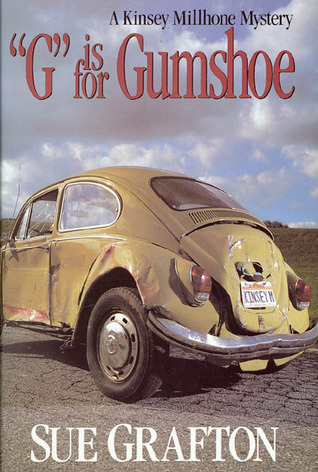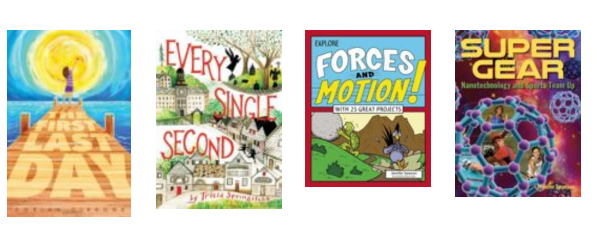Can your phone save your life? The short and easy answer is, you guessed it: Yes.
The real answer is: Yes, but your life will be saved only if you take 30 seconds now to make it happen. Or maybe it will take two minutes. But honestly, it’s a teensy bit of time compared to the payoff.
 Phones come with a free app (iPhone) or a specific setting (Android) where you can keep your health information and emergency contact number — if you enter it. First responders and hospital workers all know where to look, and they can get to it even when your phone is locked. Maybe you already have an emergency name and number in your contacts, but that won’t be of much help if your phone is locked.
Phones come with a free app (iPhone) or a specific setting (Android) where you can keep your health information and emergency contact number — if you enter it. First responders and hospital workers all know where to look, and they can get to it even when your phone is locked. Maybe you already have an emergency name and number in your contacts, but that won’t be of much help if your phone is locked.
Hear me out, whether you’re young and healthy, not so young, reasonably healthy, or you have concern for someone in your life.
I originally set up my iPhone with the most basic of info, something I do whenever I get a new phone, listing a drug allergy (penicillin) and my ICE (In Case of Emergency) contact.
Then I had a heart attack caused by a rare condition. I was put on blood thinners and other prescription drugs. Doctors at the Mayo Clinic found a second rare condition that may have contributed to my heart event. This is what my health screen looks like now:
The conditions are not common names, and as much as my family and friends have heard me talk about myself (sidenote: thanks for putting up with my excessive/obsessive artery talk), I don’t know that any one of them would be able to rattle off what “SCAD” stands for or “fibromuscular dysplasia,” so I’ve assured them it’s on my phone. I also list my husband’s name and number, and that I’m an organ donor. Sure, my license says “organ donor,” but I’m more likely to have my phone with me than my wallet if I’m out on a walk or at the gym.
I hope that right about now you’re looking at your phone to see if you have the ability to do this. (You do.) On an iPhone, look for the red heart on a white background, the same built-in app where you track your mileage. Open it up and choose Medical ID. There are prompts for medical conditions, medical notes, allergies & reactions, medications, and emergency contact information. On an Android, go to the “Users” section in Settings and edit away.
I’m pretty sure that whatever directions I offer here will be outdated soon, so do a quick Google search for your phone type and “access by first responders” and you’ll get the tips you need. I don’t need to hear your step by step, or how my directions were incomplete, or about your Apple Watch. But I do need you to update your app or setting. I need you to do that now.
Thank you. I love you and want you to stay alive.
Translation for what my phone says:
“MI” – myocardial infarction (heart attack)
“Spontaneous Coronary Artery Dissection” = a tear in the artery wall that can cause an MI.
“Fibromuscular Dysplasia” = a disease in blood vessels; imagine a blood vessel that looks like a string of beads, instead of being smooth. Mine is in my carotid arteries.
“Carvedilol” = a beta blocker that does a bunch of great, life-saving things; it also makes me feel like I’m walking through Jello all day, every day.

 There are a few things you could do to make our job in readers advisory (that’s what libraries call the very personalized service of matching a book with a reader) a bit easier. You see, in addition to talking with readers one on one, we’re building displays, writing blogposts, curating book lists, and creating social media posts, shelf talkers, posters, flyers, and all other sorts of promotional materials (all of which I like to call “indirect readers advisory”) to help readers discover books. The help we need from you, dear authors, is so basic that it’s almost embarrassing to devote a blog post to it. Turns out, though, that only a teensy tiny percent of the authors I encounter have done the three things listed below (and nearly no one has done the last one):
There are a few things you could do to make our job in readers advisory (that’s what libraries call the very personalized service of matching a book with a reader) a bit easier. You see, in addition to talking with readers one on one, we’re building displays, writing blogposts, curating book lists, and creating social media posts, shelf talkers, posters, flyers, and all other sorts of promotional materials (all of which I like to call “indirect readers advisory”) to help readers discover books. The help we need from you, dear authors, is so basic that it’s almost embarrassing to devote a blog post to it. Turns out, though, that only a teensy tiny percent of the authors I encounter have done the three things listed below (and nearly no one has done the last one):








 Dastardly Plots, Daring Adventures — with Kristen Kittscher and Kirby Larson
Dastardly Plots, Daring Adventures — with Kristen Kittscher and Kirby Larson